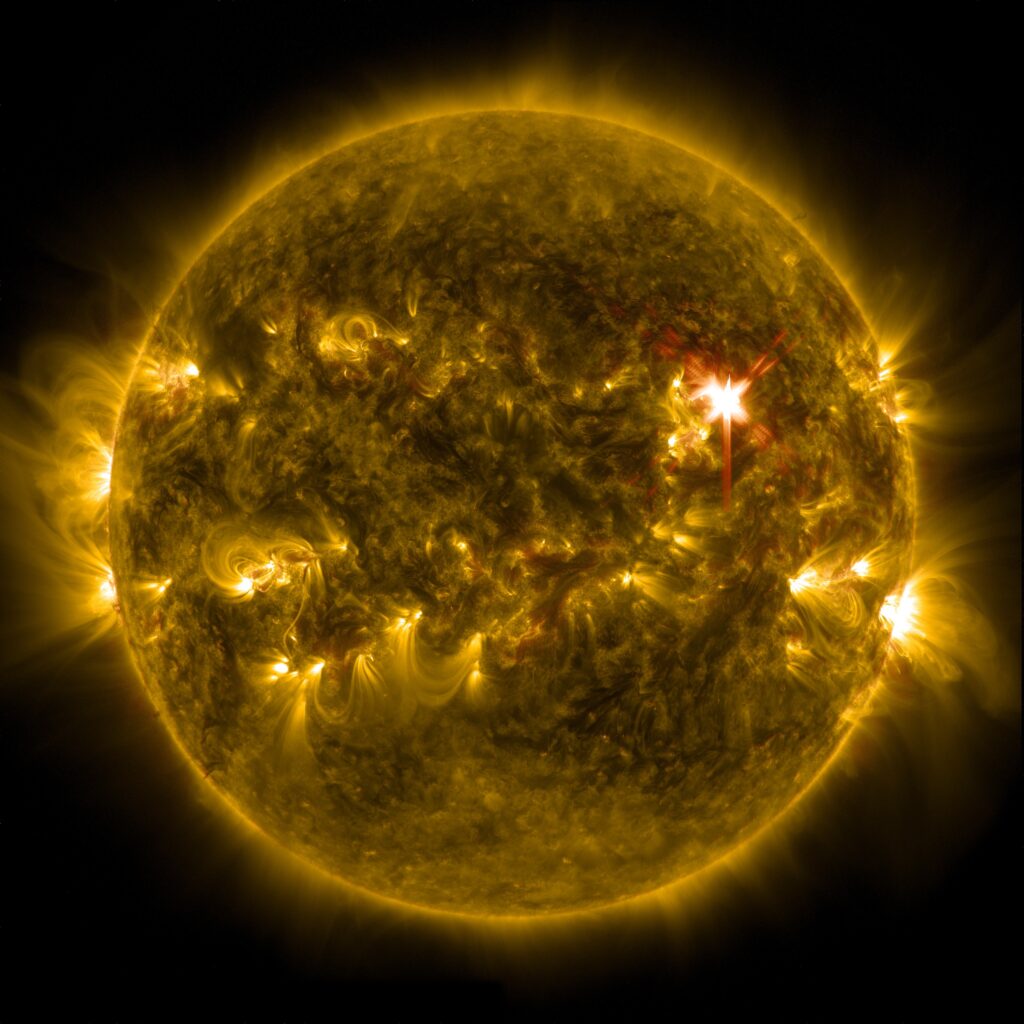The Aditya-L1 mission is an Indian space mission which will study the Sun. Key objectives and instruments of the Aditya-L1 mission include:
Read more:- Why G20 summit is important for India?

Studying the Solar Corona:–
The mission aims to observe the solar corona, including its temperature, composition, and magnetic field, to better understand its properties and the mechanisms that heat the corona to millions of degrees Celsius.
Solar Activity:–
These activities are driven by the Sun’s intense magnetic fields and are responsible for the release of energy and particles into space. Solar activity has a significant impact on space weather and can affect Earth and our technology in various ways.
Magnetic Fields:–
The spacecraft will measure the variations in the Sun’s magnetic field, helping scientists understand the Sun’s magnetic behavior and its impact on space weather.
Helioseismology:–
Helioseismology is the study of the internal structure and dynamics of the Sun through the observation of its surface oscillations or vibrations. It is similar in principle to seismology, which is the study of earthquakes and Earth’s internal structure through the analysis of seismic waves. In helioseismology, scientists study the “sunquakes” or solar oscillations that result from acoustic waves traveling through the Sun’s interior.
Instrumentation:–
VELC is designed to observe the outermost layer of the Sun’s atmosphere, known as the solar corona, in visible light. It will capture images of the corona by blocking out the bright disk of the Sun to reveal the fainter outer regions. This instrument will help scientists study the dynamics and structure of the corona, including phenomena like solar flares and coronal mass ejections.
The Aditya-L1 mission is led by the Indian Space Research Organisation (ISRO) and is part of India’s efforts to advance its capabilities in space science and solar research. It is expected to provide valuable data to improve our understanding of the Sun and its impact on space weather. For more information you can visit to the offical website.
